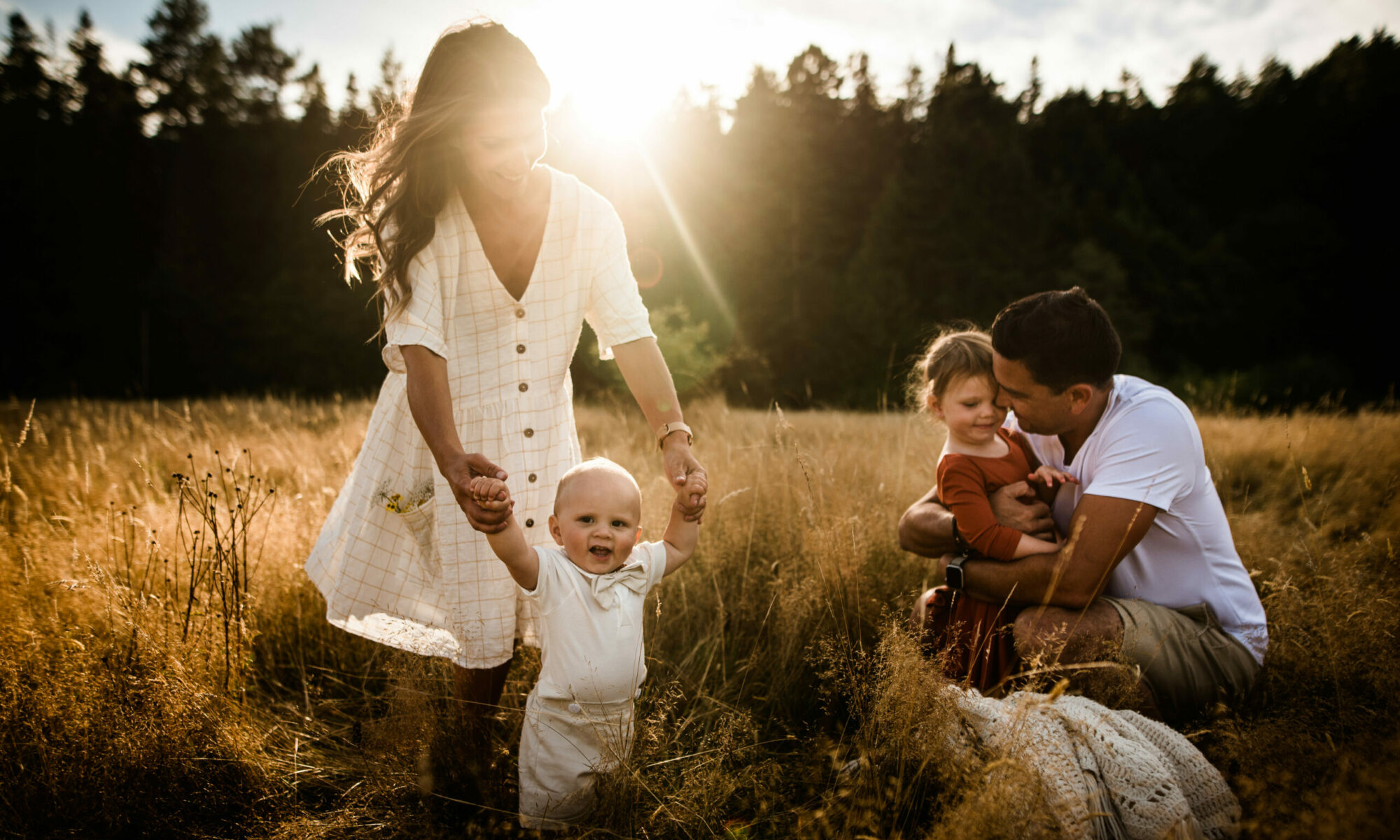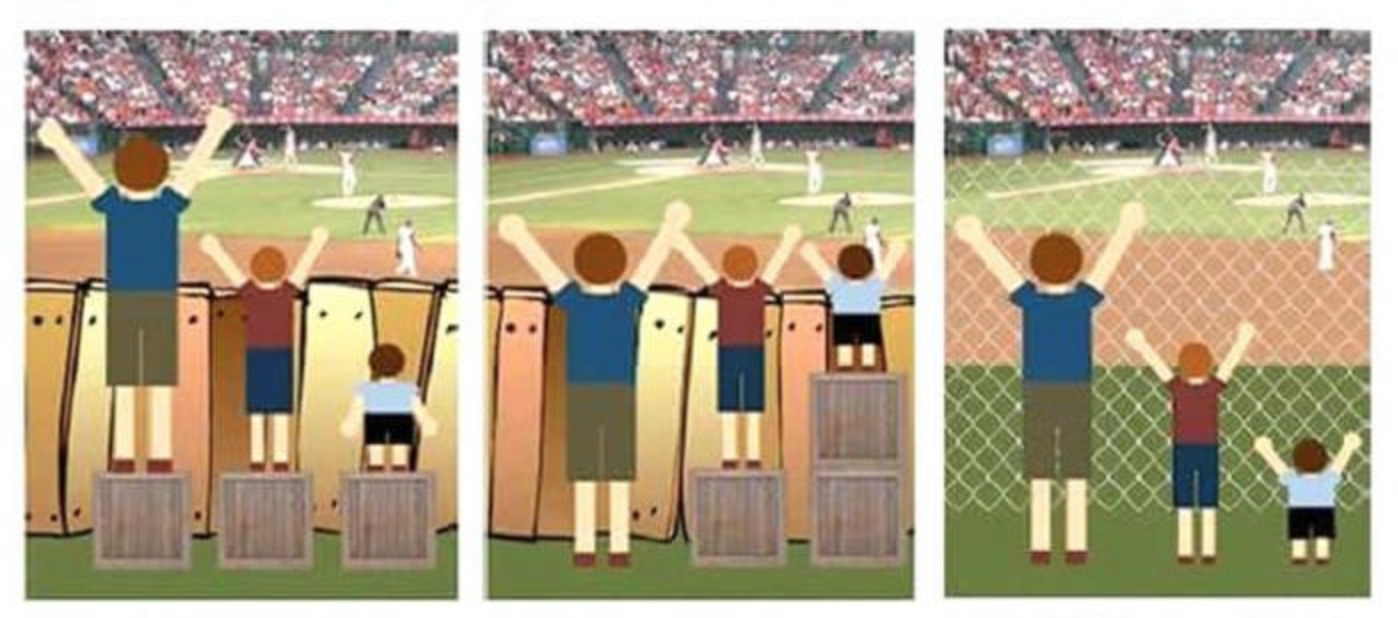When I look at my current PLN I find it to be quite diverse in the way of who I choose to follow as well as who tends to follow me (“Following” being the purpose to learn from/with and feel connected to someone or something). As an educator, I ensure that I am learning from a broad range of experts of all genders, ages, ethnicities and abilities, as well as look to these educators to help educate myself in realms I am not as comfortable in, such as racial equity, due to my privilege and my possible misconceptions. I follow many inquiry based teachers from all over the globe, as well as several specialists within the education realm, such as librarians, OTs, Medical professionals and parents. I also engage with diverse peoples from all economic statuses and cultures. For instance, I engage with friends I made while teaching in Africa who come from different circumstances than those I live in here, as well as people from all over the globe from when I travelled the world. I have a lens into their culture and recognize that everyone I am connected to has taught me something about the world or about life. I believe speaking to and listening to my diverse array of humans has created diversity in my own PLN. Each person I am networked with has given me some kind of insight which has diversified my PLN, as well as what I choose to post.
When I examine who I follow and why, I recognize that I mostly sit safely in the background learning from the many voices that exist in my PLN. I am not yet sharing many of my experiences, nor am I contributing much other than offering positive reaffirming comments such as, “thank you for your knowledge” or “what a great perspective, I had never thought about it like that.” Here and there I may offer a word of wisdom when I feel my knowledge can contribute to the community, or when I have a a question to ask, but mostly I take in information. However, if I take our Mattermost conversations as an example of learning from a variety of voices versus being “the loudest in the room,” I would say that I have truly listened to, engaged with and learned from many of the contributors in this space. Our group brings up diverse perspectives and excellent points which continuously have me changing my blog posts to include the ideas from these insightful conversations. In this space I share openly because I have a purpose within the space. Much like Moore noted in her video, in this context, I have diverse knowledge to share, therefore purpose (Moore, 2021). Here, in the Mattermost platform, diversity in opinion and in insight guides our learning and is the reason why our groups exist. Here, I feel valuable in my community contributions, as well as value other members contributions. My group members here “are not fans/followers, they are a community to share ideas and to learn from” (Moore, 2021). In this space, I am a balance of the two; both a listener and absorber, as well as a contributor and a loud voice. Not only does this platform allow for diversity in thought through conversation, it gives my thinking balance. It allows me to digest many ways of thinking before posting, thus better ensuring that what I am posting is more educated, balanced, respectful and inclusive.
When I look at my two very different ways of participating I am beginning to question why in certain platforms I feel my voice has more value than in others, or why I choose to participate more eagerly in one area than the other. Perhaps, in my personal, I am participating in a silo of information sharing so that I am not “muddying the waters by putting real life in” (Colunga, 2020).I am staying safe in my interactions and not creating potential challenges. Whereas, on Mattermost I am encouraged to challenge others’ thinking and them challenge mine. These challenges feel good because I know they are for the sake of our development/ learning and that this growth stems from differing outlooks. As I reflect on this, I am re-evaluating, yet again, the purpose behind my personal platforms. Why am I posting? Is it just to be reaffirmed? Do I truly want others to challenge me? Am I contributing to bias and inequality when I do not share my voice? These are questions I am beginning to answer and adjusting my PLN through this journey. I will continue to dive deeper into answering and reconfiguring them. What I do know is that I do not want to participate in a silo of information because it does not allow for us to be exposed to new ideas or build on the fact that every person has a voice. It is skewed, very one sided and supports pre-existing biases. Spaces as such do not challenge thoughts and ideas in order to build a community built on authenticity and value in voice. I want to be exposed to new ideas and I want to share mine so that these pre-existing biases cease to exist.
In my communications with my Mattermost group, a member explains how,“it is important to understand that everyone is an individual and the way they would want to be treated varies” (ashk, 2021). “It is important to treat everyone how they want to be treated”(Struch, 2021) and “if we are open to seeing each others perspectives in this forum and mutual respect is demonstrated, PLN’s can be a positive tool to foster community” (Callim, 2021). This solidified my understanding that we all have underlying unconscious biases and that these biases can decrease when engaging through meaningful, challenging, open and honest conversations with others. Therefore, using a diverse PLN can broaden my views of inclusion by engaging in differing/challenging conversations which will deconstruct my potential unconscious bias, thus enhancing my viewpoint and creating more unbiased conversations/online communications. A diverse PLN can open space for conversations which foster a new community that aims at destructing bias.
As an educator, I continually evaluate inclusion in my own classroom space. I truly believe that inclusion is being actively embraced in these spaces, although I know there continue to be flaws. Much like Moore points out, “sitting in the same room and breathing the same air is not enough” (Moore, 2017). Many educators are including all in their classrooms, yet continue to struggle with the success/ participation of all. A main question I ask as an educator is,
“How can I create spaces/lessons in which all learners are engaging in learning that is authentic to their self, while contributing to their community (including the community of learners and the community in which they live), all while meeting each learners’ specific needs?”
This is a big question which needs thoughtful evaluations of how learning is designed, as well as how individuals can drive their own learning process. I know I can struggle in creating spaces that maximize learning for all. However, when Moore relates bowling to the education system, it turns my struggle into a power. It makes me re-evaluate how I design learning in my classroom and gives me the power to change my targets in order to allow “success” for all. In Moore’s words, “In order to knock down all the the pins, you aim for the ones which are the hardest to get” (Moore, 2016). In an educational sense, in order to provide successful learning for all, if I aim to support the learners in my class with the highest needs first, I will ultimately best support all learners. There is then, no “other.” Take the image attached as another example. Here, someone has thought about the child who was not the tallest first, before building the fence. Without even having supports, the builder has created a place where everyone can enjoy watching the game by eliminating ALL barriers. Classrooms and classroom teachers are beginning to aim for this and I hope more educators use Moore as a resource in UDL (universal design for learning) in order to improve their ways of teaching. I know I will be sure to share her perspectives on my PLN to educate others.
An outcome for my PLN would be to educate others on what I find interesting or what I have learned, as well as to learn and be educated by others. It is to share ideas and to listen to others in order to grow perspectives and understandings alongside each other. I can ensure exposure to diversity and inclusion simply by living in this mind-frame. The mind-frame that learning is created and built together. There is no one right way of thinking, but many unique ways that contribute to the conversation and the overall understanding for all. I can also remember that inclusion is not stagnant. Being inclusive is action oriented and is a journey which we are all on (Moore 2017). If I continue to listen to, learn from, and collaborate with a diverse ever evolving set of humans, all while staying in the mind-frame that we learn with and from each other, my PLN will reflect that inclusivity and modesty. It will reflect value in all voices.
After participating in the readings and videos, I have come to realize that inclusion is exactly what adds to my PLN and what makes it successful. Inclusion is what drives knowledge, conversation and action. It is what generates conversations and forward thinking. Therefore, without it, a PLN would likely sink and become very one-sided and bias, thus less informed and less respected. I am currently thinking about my deep rooted purposes behind my PLN and intend on reframing and restructuring it as I move forward. My PLN is a journey, not a final product.
Citation:
Moore, S., Miller,J. (2021, February 07). EDCI 338 A01 Week 5 A Conversation with Shelley Moore. February 09, 2021, YouTube. https://www.youtube.com/watch?v=YGx0ejnMLVc&feature=youtu.be
Moore, Shelley. One Without the Other : Stories of Unity Through Diversity and Inclusion, Portage & Main Press, 2017. ProQuest Ebook Central, https://ebookcentral-proquest-com.ezproxy.library.uvic.ca/lib/uvic/detail.action? docID=4832579.
Moore, S. (2018, November 05). Don’t Should on Me: It’s not easy being NOT green. February 9, 2021, YouTube. https://www.youtube.com/watch?v=MeRNhz0nGts&feature=youtu.be
Moore, S. (2016, April 04). Transforming Inclusive Education . February 09, 2021. YouTube. https://www.youtube.com/watch?v=RYtUlU8MjlY.
Colunga, K. (2020, December 19). The Social Media Silo Situation. Viewpoint. February 10, 2021, https://viewpoint.pointloma.edu/the-social-media-silo-situation/
Image from : Direct Course (2016). https://directcourseonline.com/equity-equality-inclusion/

